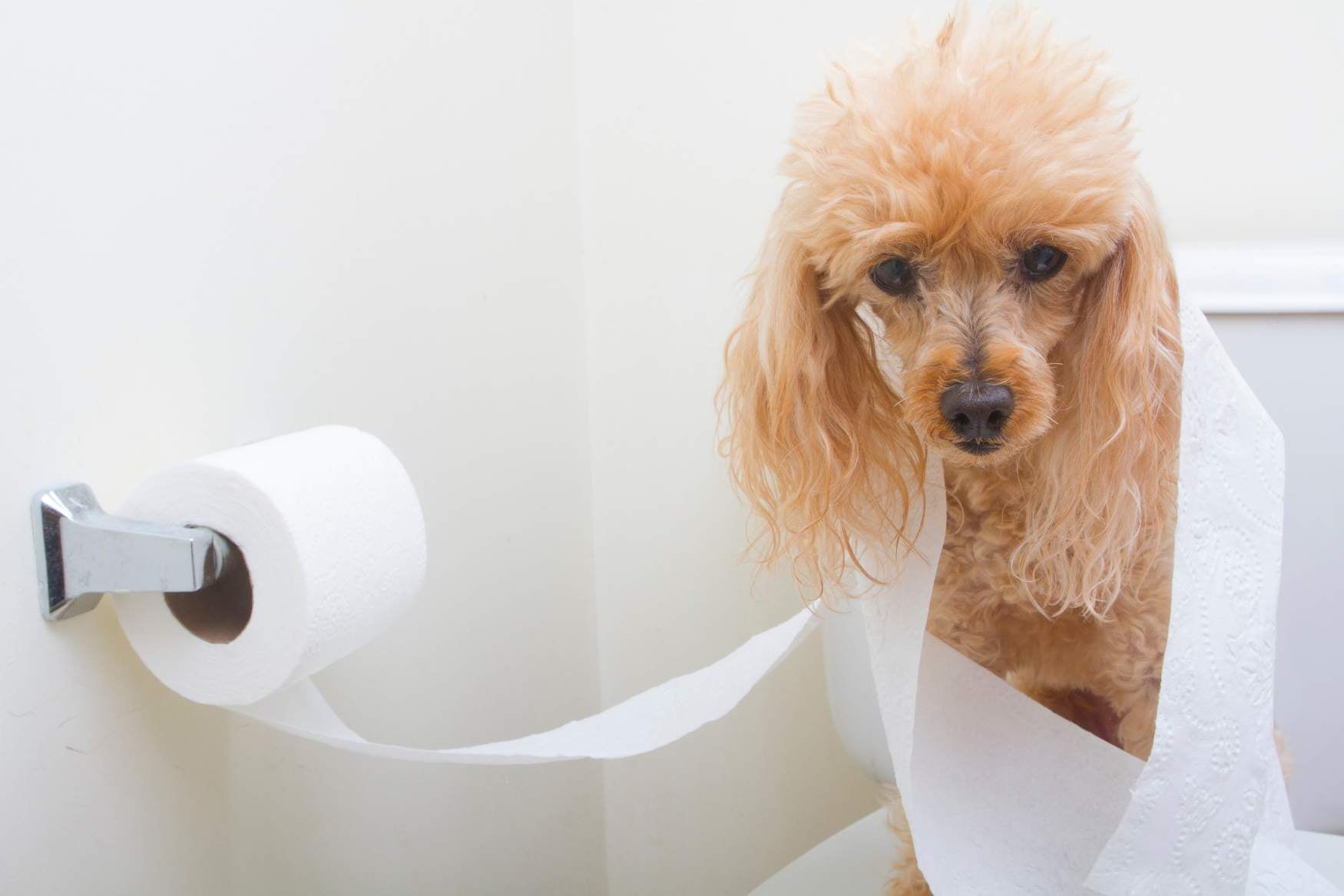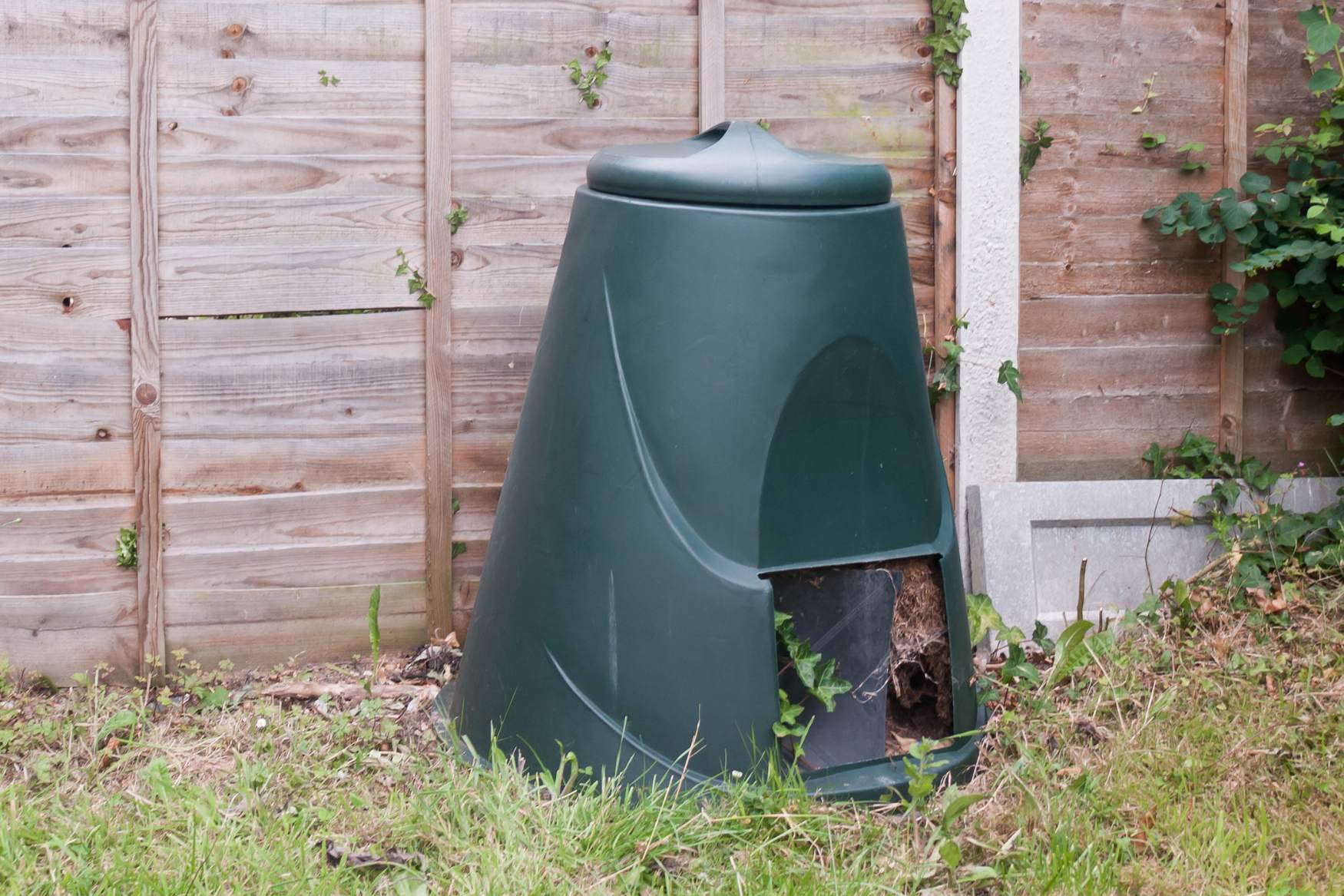If your dog is suddenly leaking urine or urinating in the house after being housetrained, it’s time for a vet visit.
While urinary incontinence is rather common in dogs, there can be different causes for it, so it’s important to get a thorough diagnosis.
Incontinence in Dogs
First off, it’s crucial to differentiate actual urinary incontinence – leaking of urine, often while the dog is lying down or experiencing exciting situations, such as greeting the owner at the door – from so-called “polyuria”, which means increased urine production but with normal bladder control.
Polyuria usually goes hand in hand with “polydipsia” – increased water intake – and also warrants a check-up at the vet’s.
Why is my Dog Leaking Urine?
There are several possible reasons why your dog is dribbling urine all of a sudden.
Urinary tract infections or blockages can be a cause for leaking urine.
Blockages can in turn be caused by urinary stones, neoplasia (cancer), or inflammatory processes.
Usually, all of these conditions will be accompanied by other symptoms in your dog: restlessness, bloody urine, failure to empty the bladder, decreased appetite, vomiting, and others.
If you observe any of these symptoms in your dog, have it checked out right away.
The causes mentioned above must be differentiated from true urinary incontinence.
Often, true incontinence occurs when your dog is very excited, or when it’s lying down (people talk about their dogs “wetting the bed”).
While your dog might lick the affected area when it’s dribbling urine, there are generally no other symptoms. The urine is normal – not bloody – and the dog can empty its bladder normally when taken outside.
Incontinence in dogs can be divided into two categories:
-
Congenital incontinence often starts at a young age, when the dog is still a puppy. Congenital incontinence is usually caused by anatomic abnormalities of the urinary tract.
-
Adult incontinence is mostly due to a phenomenon called USMI – that’s short for urethral sphincter mechanism incompetence. Female dogs are more frequently affected than males. Up to 20% of female dogs develop USMI at some point in their lives.
What Causes USMI in dogs?
There are several mechanisms in place to maintain bladder control. The individual anatomy of the urinary tract is important, and so are the vascular tone (the strength of the blood vessels within the urethra) and the integrity of supporting tissues.
USMI can be caused by loss of any of these so-called “continence factors”.
There is some evidence that USMI is caused by hormonal changes. In females, the term spay-related incontinence is often used to indicate that spayed dogs are thought to be more likely to develop USMI.
Very little is known about the development of USMI in male dogs. The size of the prostate could play a role. In male dogs, there is rather weak evidence of any connection between neutering and incontinence.
It’s important to note that obesity does not cause USMI, but it can make the incontinence worse.
WHAT TO DO WHEN YOUR DOG IS INCONTINENT?
If your dog is showing signs of incontinence, it’s crucial to do a thorough work-up. Your vet will take a blood and urine sample and determine which other diagnostic tools are necessary.
If your dog is dribbling urine at home, don’t ever punish it for this behaviour! Your dog is not capable of controlling its bladder and will therefore not understand why it’s being punished.
To keep the house clean, urinary pads can help. You can place these on the dog bed; or by the door if your dog often dribbles urine while greeting you.
IS INCONTINENCE IN DOGS TREATABLE?
Incontinence in dogs can usually be treated fairly well with medication, especially in females.
If medication fails, there are several surgical procedures you might consider. Also, the injection of collagen into the urethral wall is a good and safe option to try.
Your vet will put together a treatment plan to control your dog’s incontinence.
References
Silverman S, Long CD: The diagnosis of urinary incontinence and abnormal urination in dogs and cats. Vet Clin North Am Small Anim Pract 30:427-448, 2000.
Forrester SD: Urinary incontinence, in Ettinger S, Feldman E (eds): Textbook of Veterinary Medicine. St Louis, Elsevier, 2004, pp 109-114.
Barth A, Reichler IM, Hubler M, Hassig M, Arnold S: Evaluation of long-term effects of endoscopic
injection of collagen into the urethral submucosa for treatment of urethral sphincter incompetence in female dogs: 40 cases (1993-2000). J Am Vet Med Assoc. 2005; 226(1): 73-6.
Holt PE: Urinary incontinence in dogs and cats. Vet Rec 127:347-350, 1990.
Angioletti A, De Francesco I, Vergottini M, et al: Urinary incontinence after spaying in the bitch: Incidence and oestrogen-therapy. Vet Res Commun 28(suppl 1):153-155, 2004.
Stocklin-Gautschi NM, Hassig M, Reichler IM, et al: The relationship of urinary incontinence to early spaying in bitches. J Reprod Fertil 57(Suppl):233-236, 2001.
Krawiec D: Diagnosis and treatment of acquired canine urinary incontinence. Companion Anim Pract 19:12-20, 1988.
Verde IAL, Crivellenti LZ: Urethral sphincter mechanism incompetence in male dogs – review. Revista Portuguesa de Ciencias Veterinarias: 23-26, 2012.
Susi Arnold UW: Urethral sphincter mechanism incompetence in male dogs, in Bonagura J (ed): Kirk's Current Veterinary Therapy XIII Small Animal Practice. Philadelphia, WB Saunders, 2000, pp 896-899.
Lane IF: Treating urinary incontinence. Vet Med 98:58-64, 1998.
Pegram C, O’Neill DG, Church DB, Hall J, Owen L, Brodbelt DC: Spaying and urinary incontinence in bitches under UK primary veterinary care: a case-control study. Journal of Small Animal Practice: 60:7, 2019.
Hoelzler MG, Lidbetter DA: Surgical management of urinary incontinence. Vet Clin North Am Small Anim Pract 34:1057-1073, viii, 2004.










